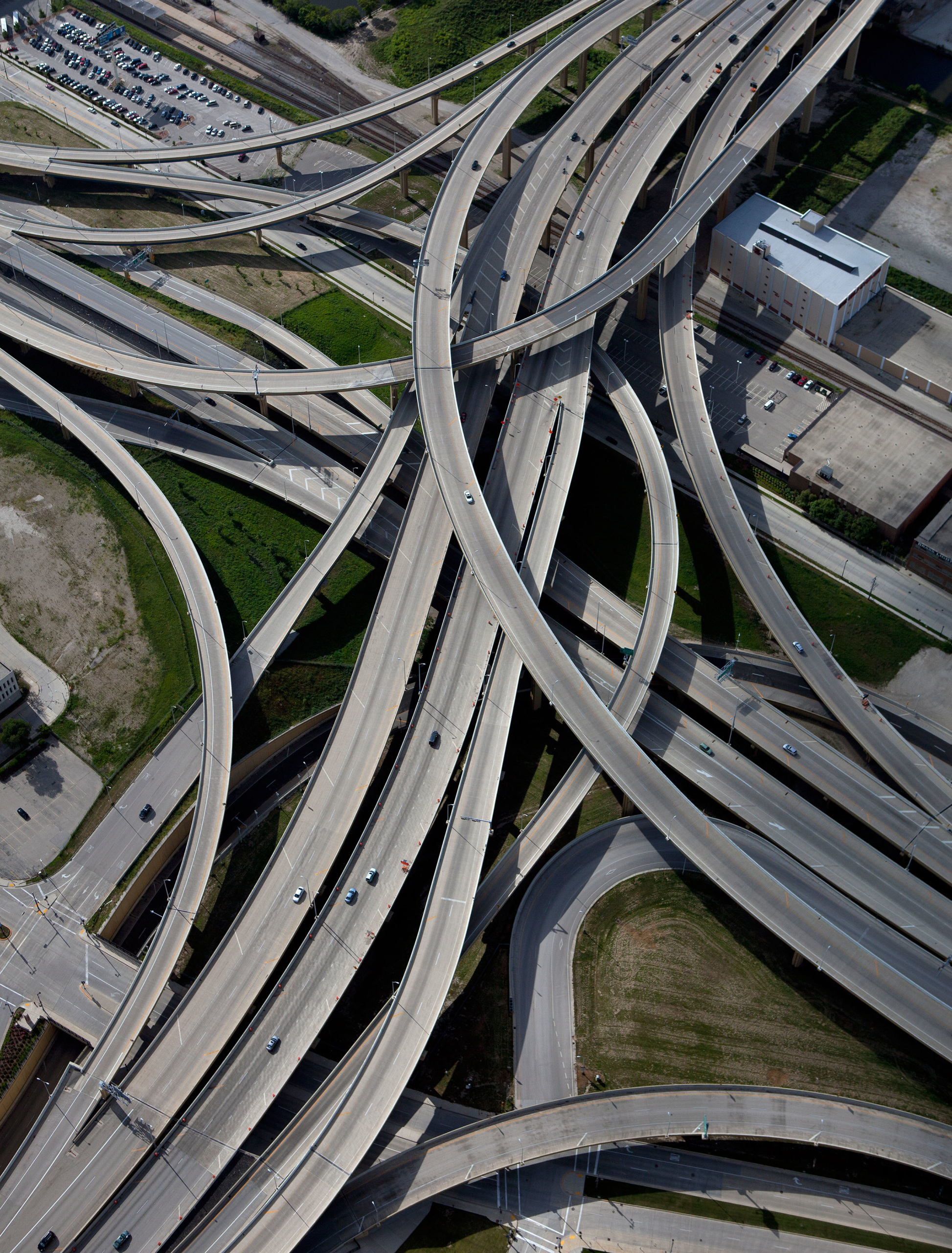Status: Partially completed
Originally reported cost: $2.5 billion
Update for current status:
The Nevada portion of the I-11 project was completed in 2018. As of September 2023, the remainder of the project was in study and review.
Update from Highway Boondoggles 4, 2018:
The first phase of the Interstate 11 project between Phoenix and Las Vegas – a 15-mile, $318 million segment in Nevada – has been under construction since April 2015, and sections began opening to the public in early 2018. The second phase will be built in Arizona, where as of February 2018 the Arizona Department of Transportation was still working to select a project route. Funding for the Arizona section has still not been identified, although just one piece of the route – the Phoenix bypass – would likely cost more than $1 billion. In January 2017, the Arizona Department of Transportation opened a 45-day public comment period and collected hundreds of comments from residents, tribal nations and agency representatives in accordance with the National Environmental Policy Act process for Tier 1 of the Environmental Impact Statement. No funding had been identified as of December 2017 for the Arizona portion of the road.
Original story from Highway Boondoggles, 2014:
Arizona and Nevada have proposed a $2.5 billion project to expand U.S. 93 through the desert between Phoenix and Las Vegas—a change that would mean the road could be added to the federal Interstate highway system and renamed I-11—despite planners’ acknowledgments that barely any of the existing 200-mile road has any congestion at present, and that even under conditions of rapid traffic growth, that will not change substantially.
Justifications for building Interstate 11 often begin by noting that Phoenix and Las Vegas are the two largest adjacent U.S. cities that are not linked by an Interstate highway. But the two cities are linked by an existing highway—U.S. Route 93—which may not boast the designation of “Interstate,” but is a four-lane divided highway for all but 45 miles of its length between Phoenix and Las Vegas. The remaining 45 miles largely traverse sparsely populated areas. The Interstate 11 project would widen those remaining stretches, and make other modifications of varying scope to the entire length of the highway.
It is telling that in the official summary of reasons for constructing I-11, traffic and congestion are mentioned last, and only in terms of the potential of “reaching unacceptable levels of congestion, threatening economic competitiveness.” Recent trends in travel along the corridor show that at nearly all of the highway’s traffic counter locations, traffic growth has been slower than is forecast in project documents or has actually declined.
The state Departments of Transportation (DOTs) show 12 locations between Phoenix and Lax Vegas where they projected traffic counts and where actual traffic counts can be compared. In all 12 locations the DOTs projected that traffic would increase in the future. In 10 of those locations traffic counts failed to reach DOT forecasts. In only two locations did traffic counts actually surpass the forecasted level; the only such location in Arizona was the six-mile stretch of U.S. 93 between the Nevada border and the remote Kingman Wash Road. In six locations along the route, traffic counts were reduced altogether.
Indeed, the argument proponents make for I-11 seems to be as much about attracting more traffic to the Las Vegas-Phoenix corridor as reducing congestion.
The Corridor Justification Report released by the Nevada and Arizona Departments of Transportation claims that 9 percent of existing highways in the surrounding megaregion—which the report extends as far away as Los Angeles—were “unacceptably congested” in 2011. It claims that if no major road-building investment is made, and economic and population growth continue along current trend lines, 28 percent of the megaregion’s highways—again, many of them in the Los Angeles region—will be “unacceptably congested” by 2040. In other words, the justification for the project in the middle of the desert is based largely on expectations for worsening traffic in Los Angeles. Project proponents argue that I-11 will reduce congestion in this broader region by siphoning off interstate traffic that had once passed through southern California and directing it to the Phoenix-Las Vegas corridor instead.
Proponents of the project hope it will spur economic development by drawing long-distance truck traffic to the corridor. Regional economic-development planners have been trying since at least 1991 to take advantage of opportunities they see in the North American Free Trade Agreement (NAFTA) to create a high-capacity freight corridor running north-south between Canada and Mexico in the region between the Rocky Mountains and the Sierra Nevada and Cascade ranges.
Backers of the widening also include major real-estate developers along the highway route, who hope to build major new residential and commercial projects. One developer sees so much potential to develop sprawling housing and commercial projects in the desert between Las Vegas and Phoenix that he is offering to donate land on which to build the highway.
While construction of Interstate 11 might have a limited transportation benefit, other investments being made in the region are beating expectations at meeting pressing needs and could use additional support. From 2003 to 2013, Phoenix’s transit ridership rose 45.9 percent, from 50.3 million to 73.4 million. Its light rail system, opened in 2008, is already beating ridership expectations, a stark contrast with driving failing to reach forecasted levels. With 20 miles of track in place, there are plans to add 10 more miles in the next decade, and to triple ridership in the next 30 years.
